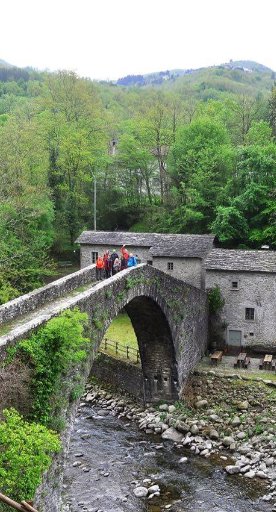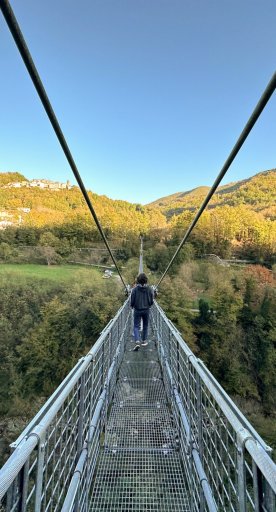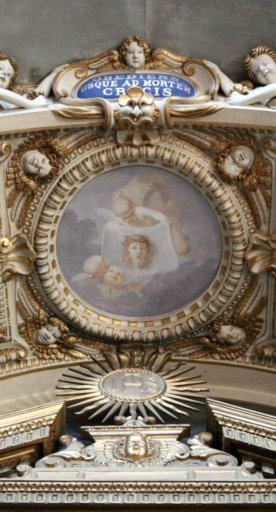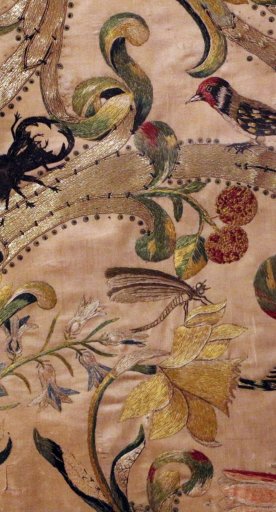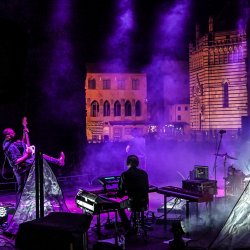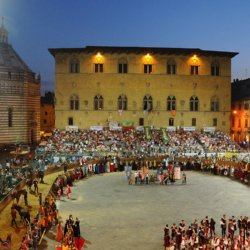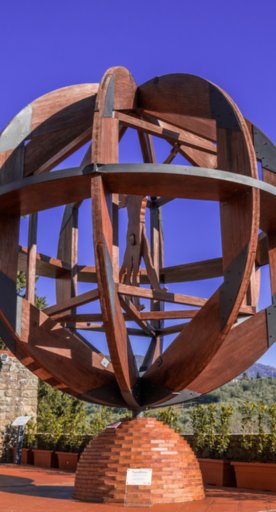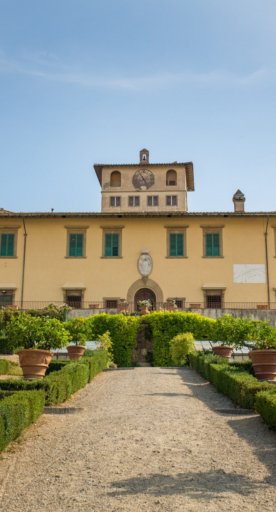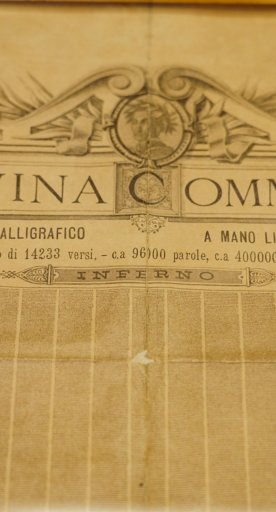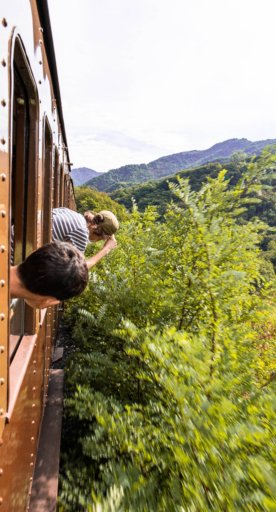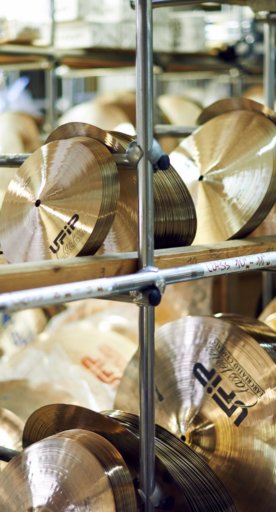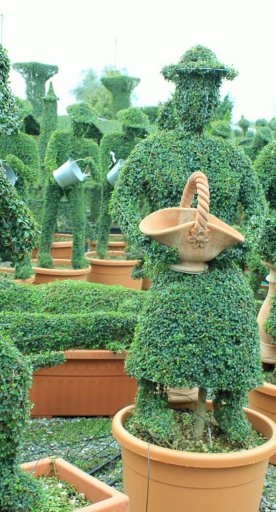Pistoia and the Pistoia Mountains
A mountain for every season, with villages and priceless art cities
The Pistoia Mountains extend from the Alpe delle Tre Potenze to the eastern slopes of La Croce, near the Acquerino Forest. Geographically located in upper Tuscany, they boast priceless natural resources: the tranquillity of the forests, crisp, clean air, authentic local products and the splendour of a gentle and ever-changing landscape. The presence of famous art cities like Pistoia and of many historic villages allows visitors to alternate between relaxing days surrounded by nature and interesting cultural outings.
The northern part of the territory is mountainous, while the eastern stretch is much flatter, a typical trait of the Apennines. The western part includes two parallel mountain chains, linked by the Passo dell’Abetone (1,388 metres). Enclosed between these two mountains is the Lima Valley, surrounded by many smaller valleys, including Sestaione, Verdiana, Limestre and Liesina. The eastern part, on the other hand, is characterized by lower hills not more than 1,300 metres high, with rounded mountains and valleys carved out by rushing rivers. This area is especially famous for its ski resorts, beloved by sports enthusiasts from Tuscany and beyond. The Abetone and Doganaccia runs are well-known, which attract all those who love skiing and other winter sports.
But the wonder of the Pistoia Apennines isn’t just its snow: there are also many summer activities in the area. The towns in these mountains are beloved for their hiking opportunities, with the most interesting trails being Monte Gomito, Monte Cimone and Libro Aperto, as well as the evocative lakes Nero and Scaffaiolo.
Of course, this territory doesn’t have to be explored only by wandering through its wild nature, because there are many ways to discover the beauty, history and traditions of this area. To get an idea of the bond between the inhabitants and these mountains, the best option is to follow the Montagna Pistoiese EcoMuseum, a diffused museum throughout the territory with six thematic itineraries, like the one dedicated to daily life and ancient crafts, including smithery, which brings visitors to several ironworks that still exist today. For those who don’t mind heights and enjoy adrenaline, a visit to the suspension bridge in San Marcello Piteglio is a must, once used by mill workers needing to get from one side of the valley to the other.
It’s also worth visiting the quaint villages filled with beautiful villas, castles and ruined towers, not to mention a medieval atmosphere, like Serravalle and Quarrata, as well as the small and liminal Pavana and Sambuca Pistoiese. A whole article is needed to describe the wonders of Pistoia, nominated as the Italian Capital of Culture in 2017 and full of museums, a place where art and history can be felt in the streets and piazzas, and where culture is manifested in the many yearly initiatives, like the music festival Pistoia Blues.



